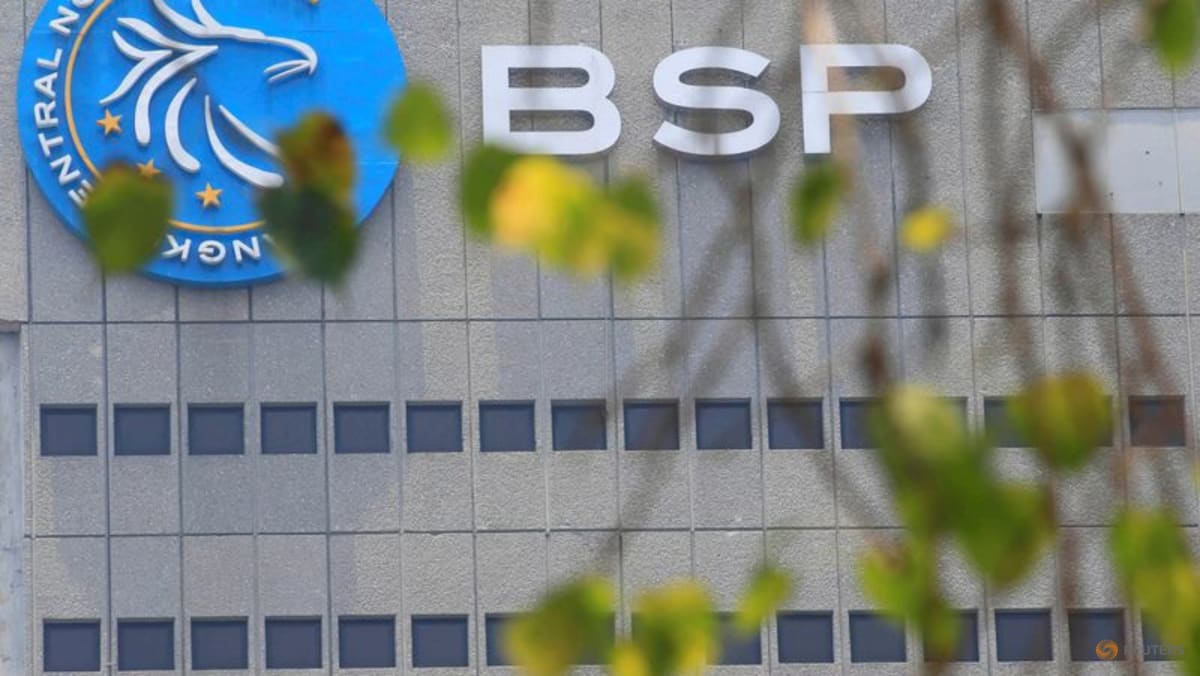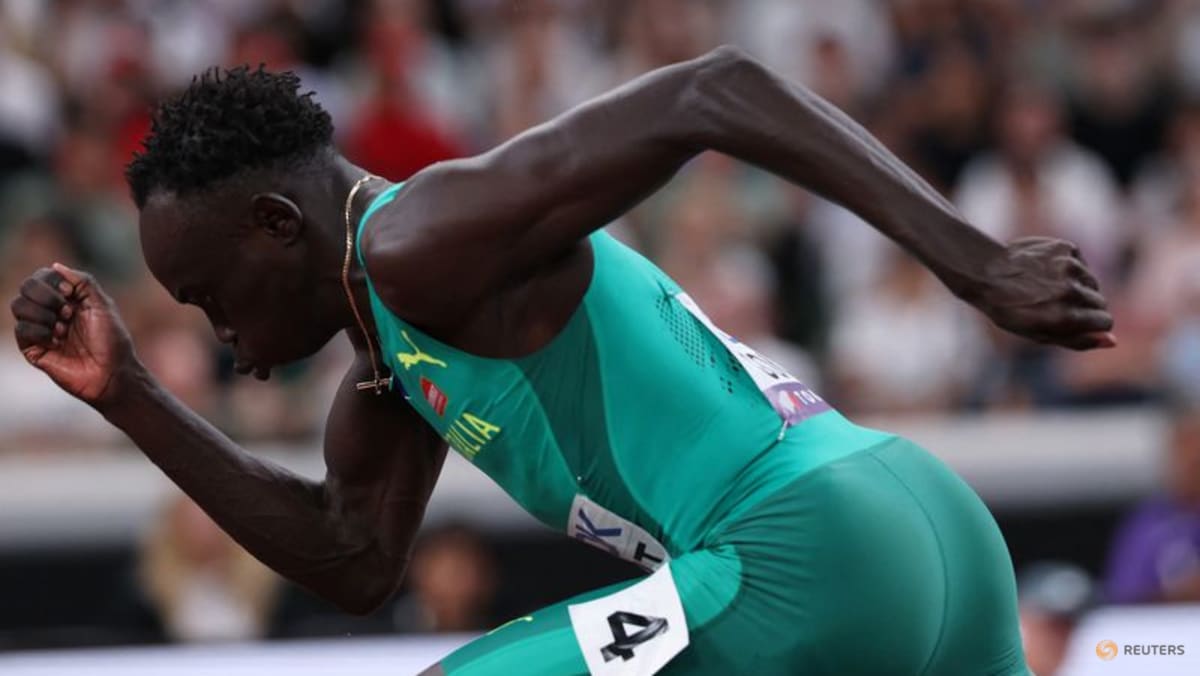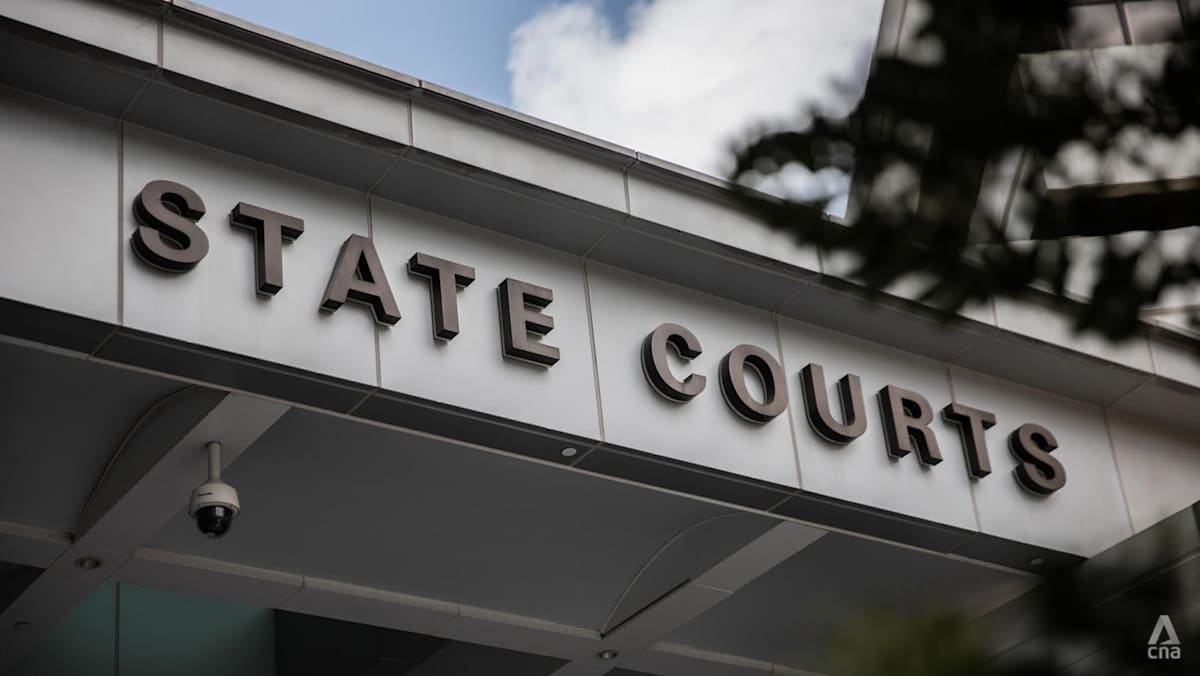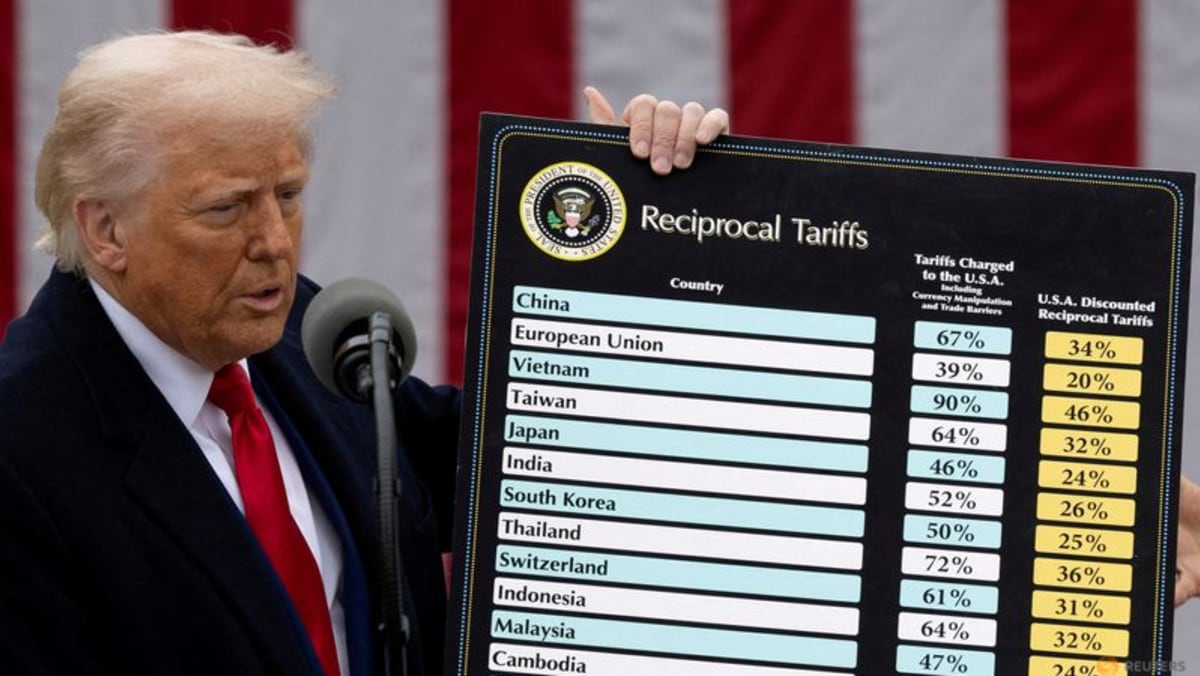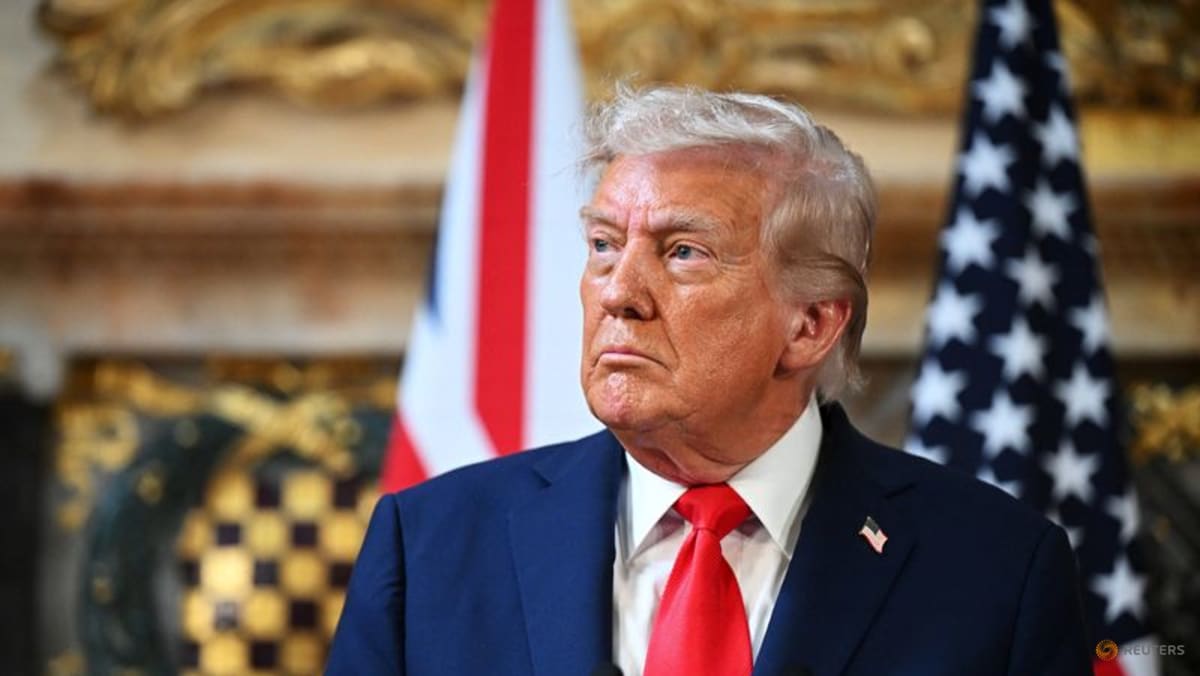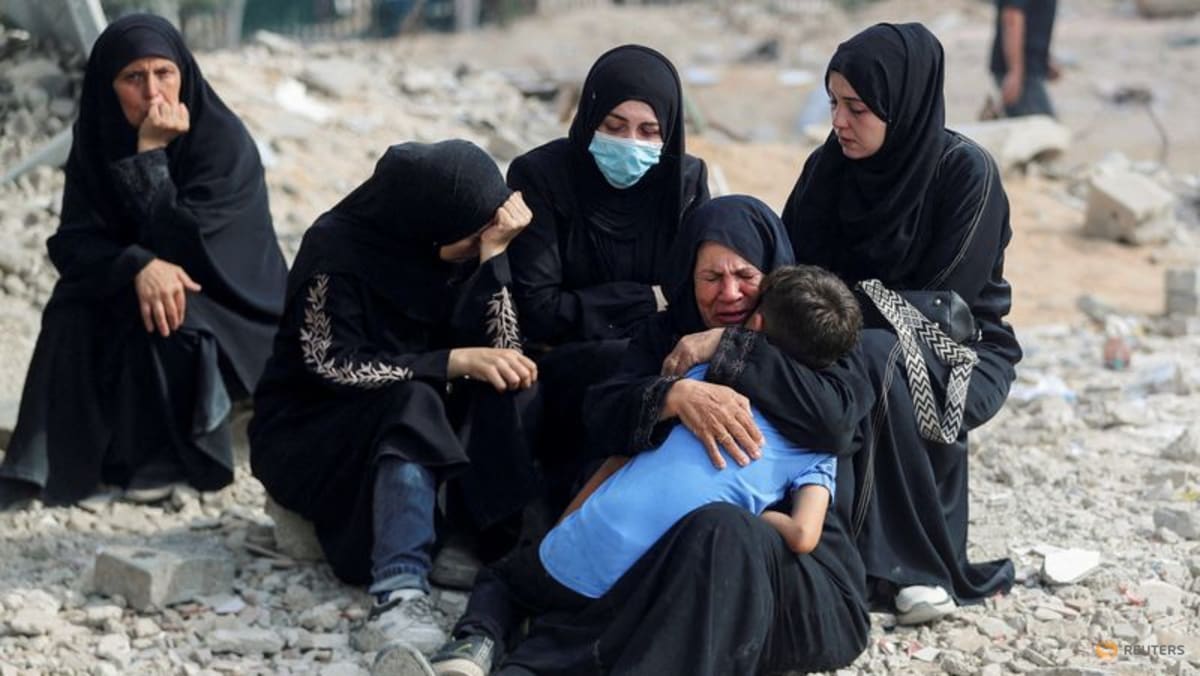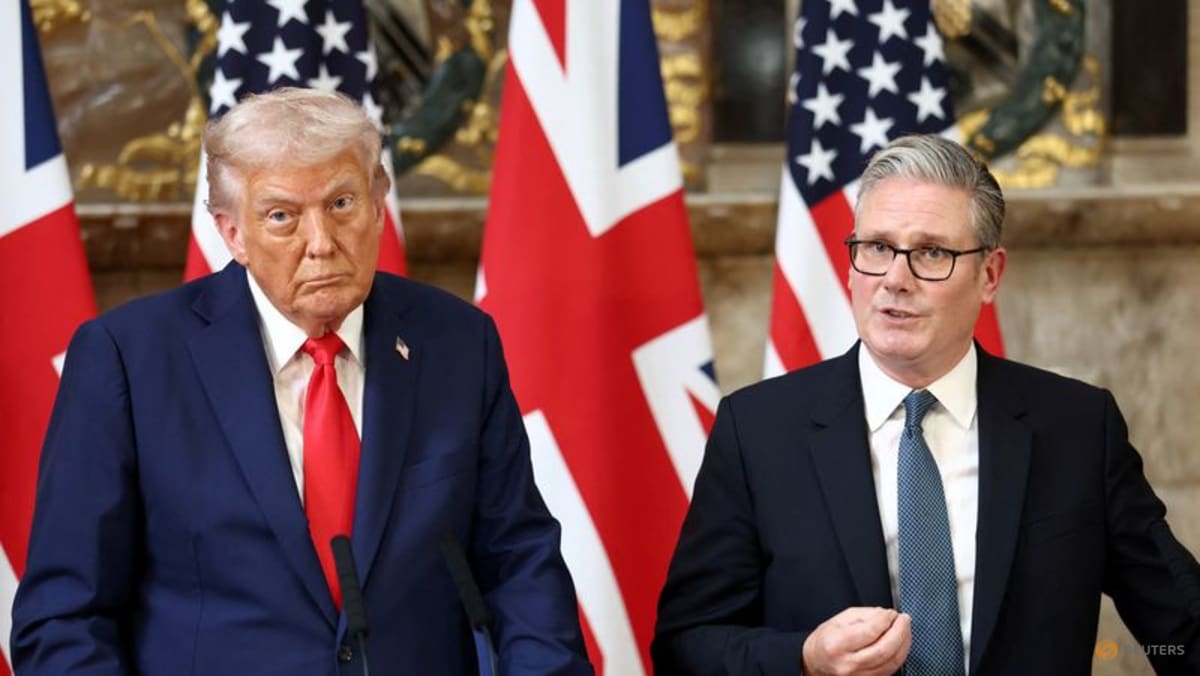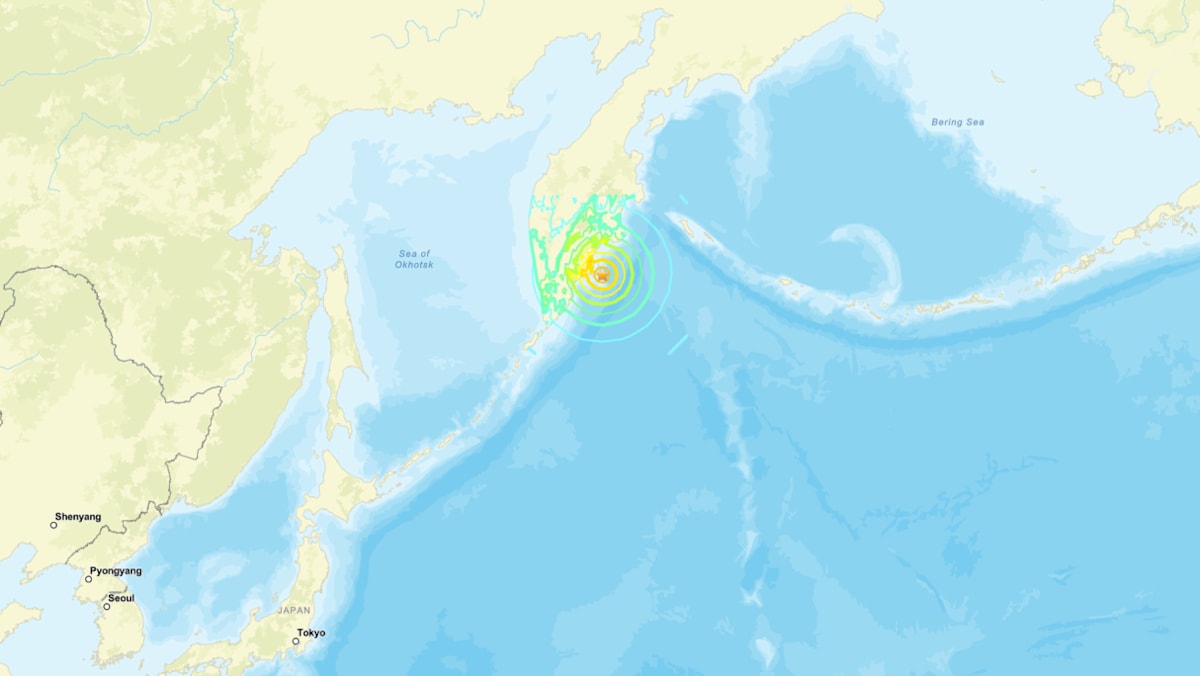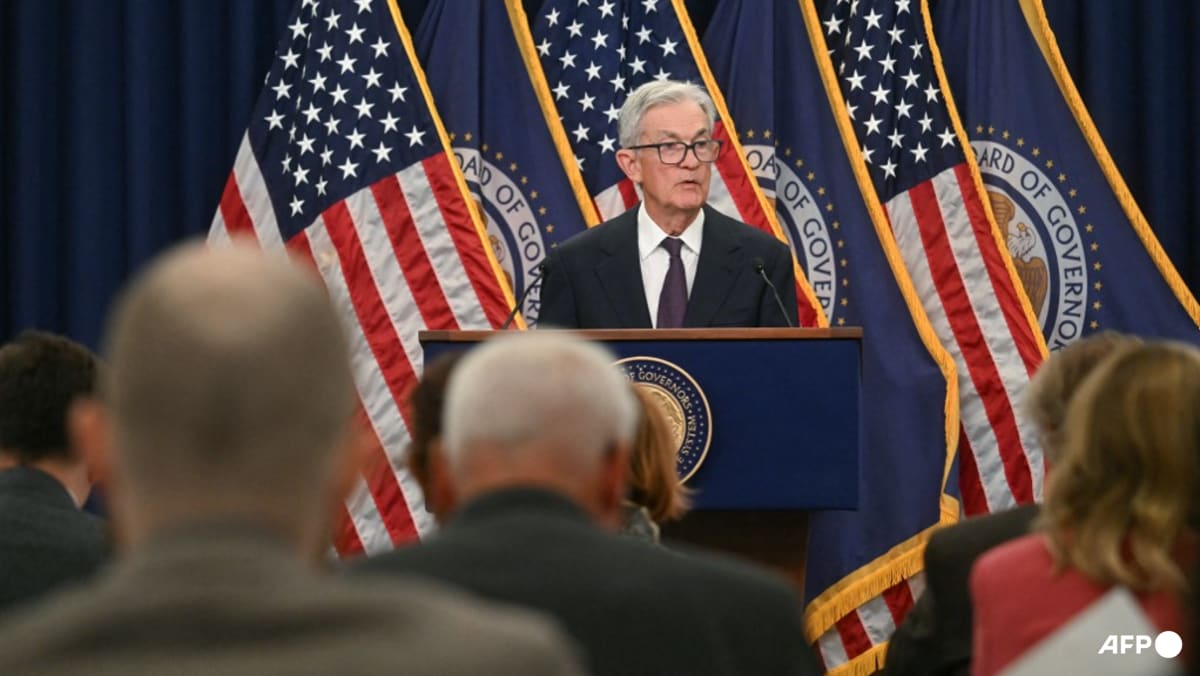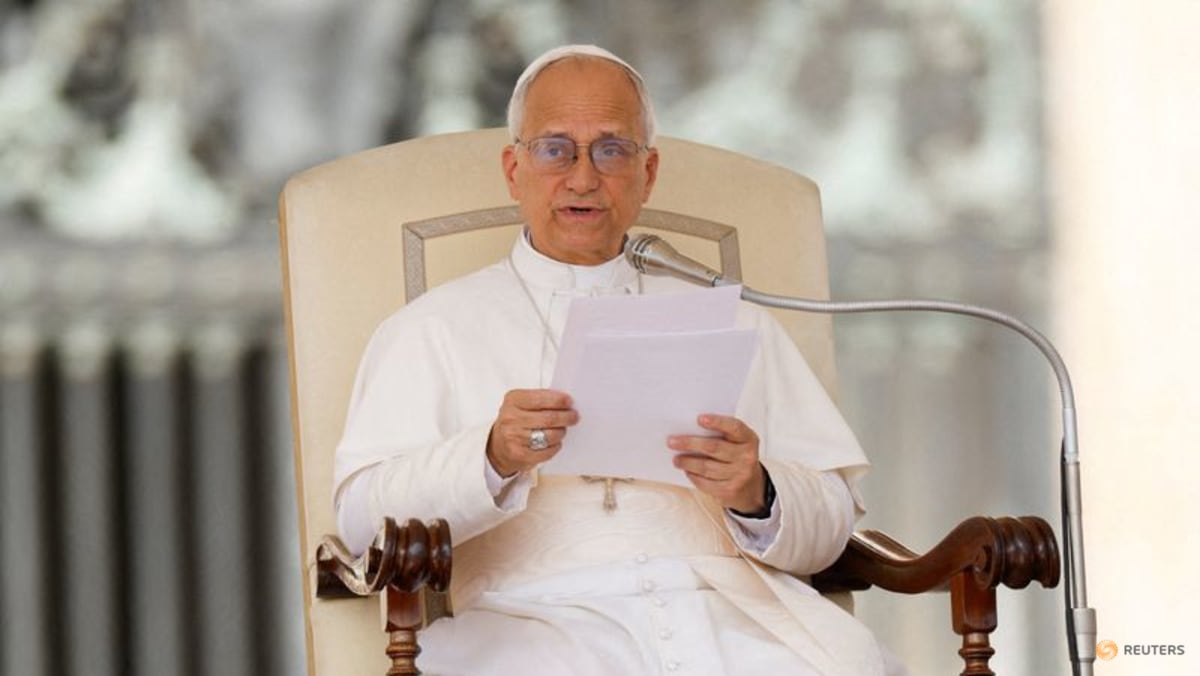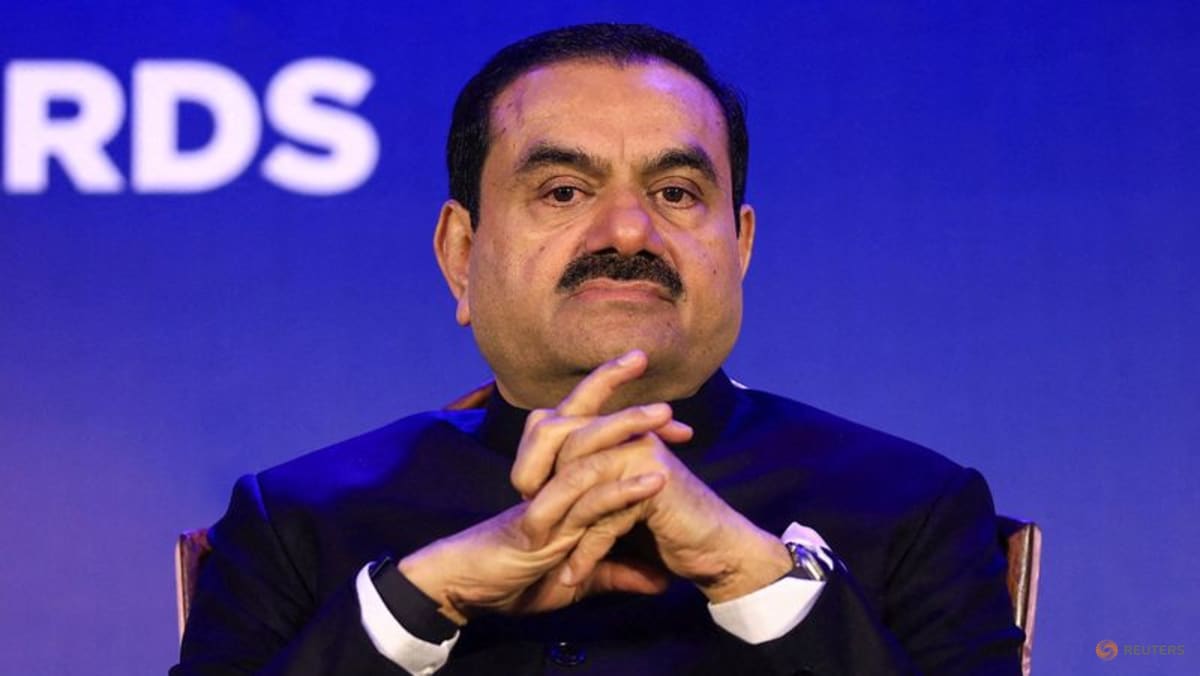WASHINGTON: A week before US President Donald Trump reimposes steep tariffs on dozens of economies, including the EU and Japan, many are still scrambling to reach a deal that would protect them from the worst.
The tariffs taking effect Jul 9 are part of a package Trump imposed in April citing a lack of “reciprocity” in trading ties.
He slapped a 10 per cent levy on most partners, with higher customised rates to kick in later in countries the United States has major trade deficits with.
But these were halted until July to allow room for negotiations.
Analysts expect countries will encounter one of three outcomes: They could reach a framework for an agreement; receive an extended pause on higher tariffs; or see levies surge.
“FRAMEWORK” DEALS
“There will be a group of deals that we will land before Jul 9,” said Treasury Secretary Scott Bessent last Friday on CNBC.
Policymakers have not named countries in this group, although Bessent maintains that Washington has been focused on striking deals with about 18 key partners.
“Vietnam, India and Taiwan remain promising candidates for a deal,” Asia Society Policy Institute (ASPI) vice president Wendy Cutler told AFP.
Without a deal, Vietnam’s “reciprocal tariff” rises from the baseline of 10 per cent to 46 per cent, India’s to 26 per cent and Taiwan’s to 32 per cent.
Josh Lipsky, international economics chair at the Atlantic Council, cited Indian negotiators’ extension of their US trip recently in noting that it “seems like a frontrunner”.
“Japan was in that category, but things have set back a little,” Lipsky said, referring to Trump’s criticism Monday over what the president called Japan’s reluctance to accept US rice exports.
The deals, however, will unlikely be full-fledged trade pacts, analysts said, citing complexities in negotiating such agreements.
Since April, Washington has only announced a pact with Britain and a deal to temporarily lower tit-for-tat duties with China.
